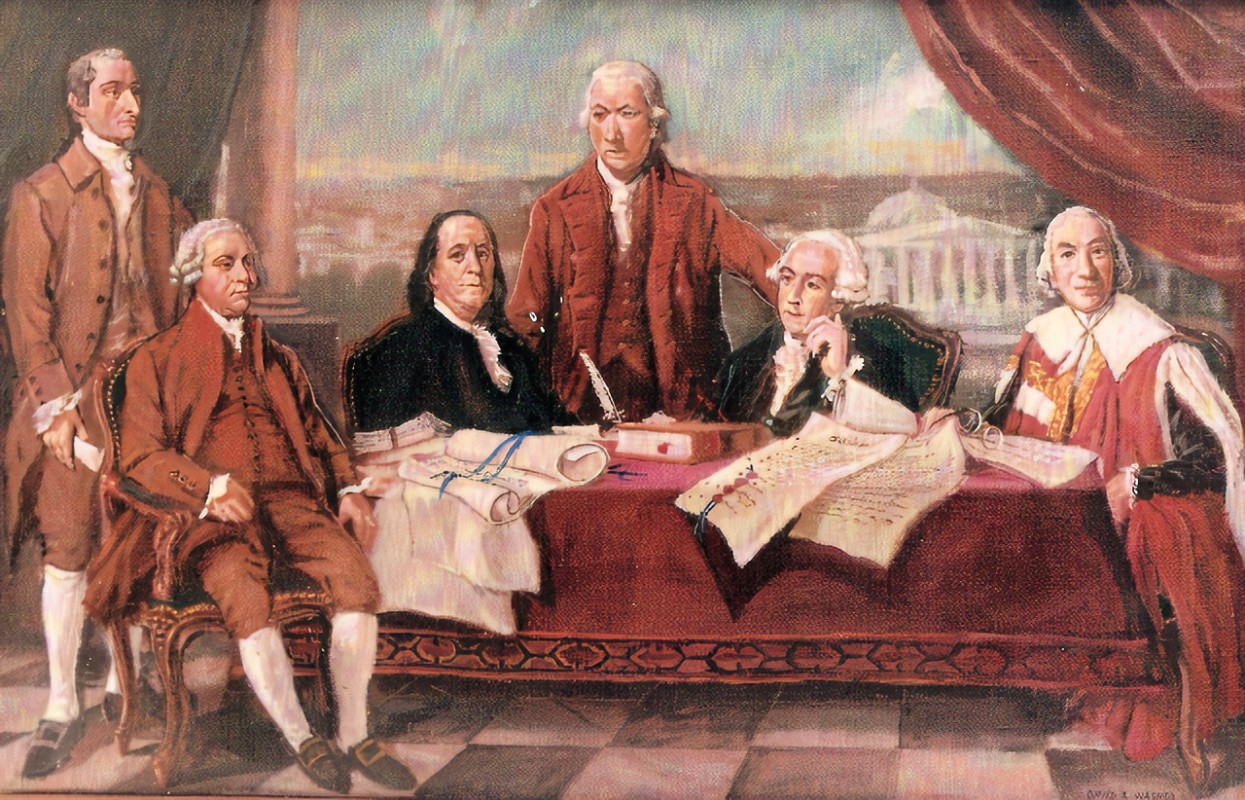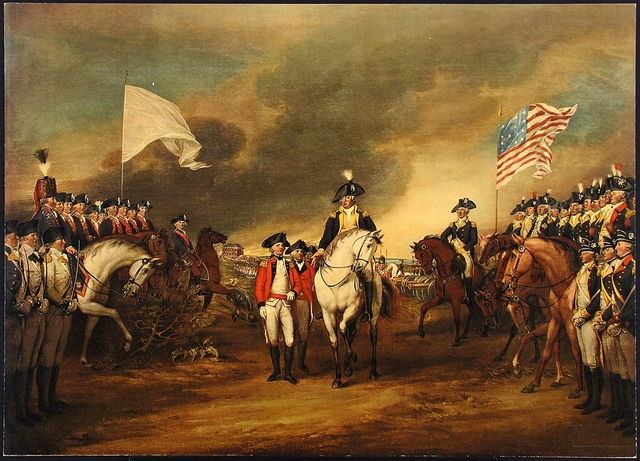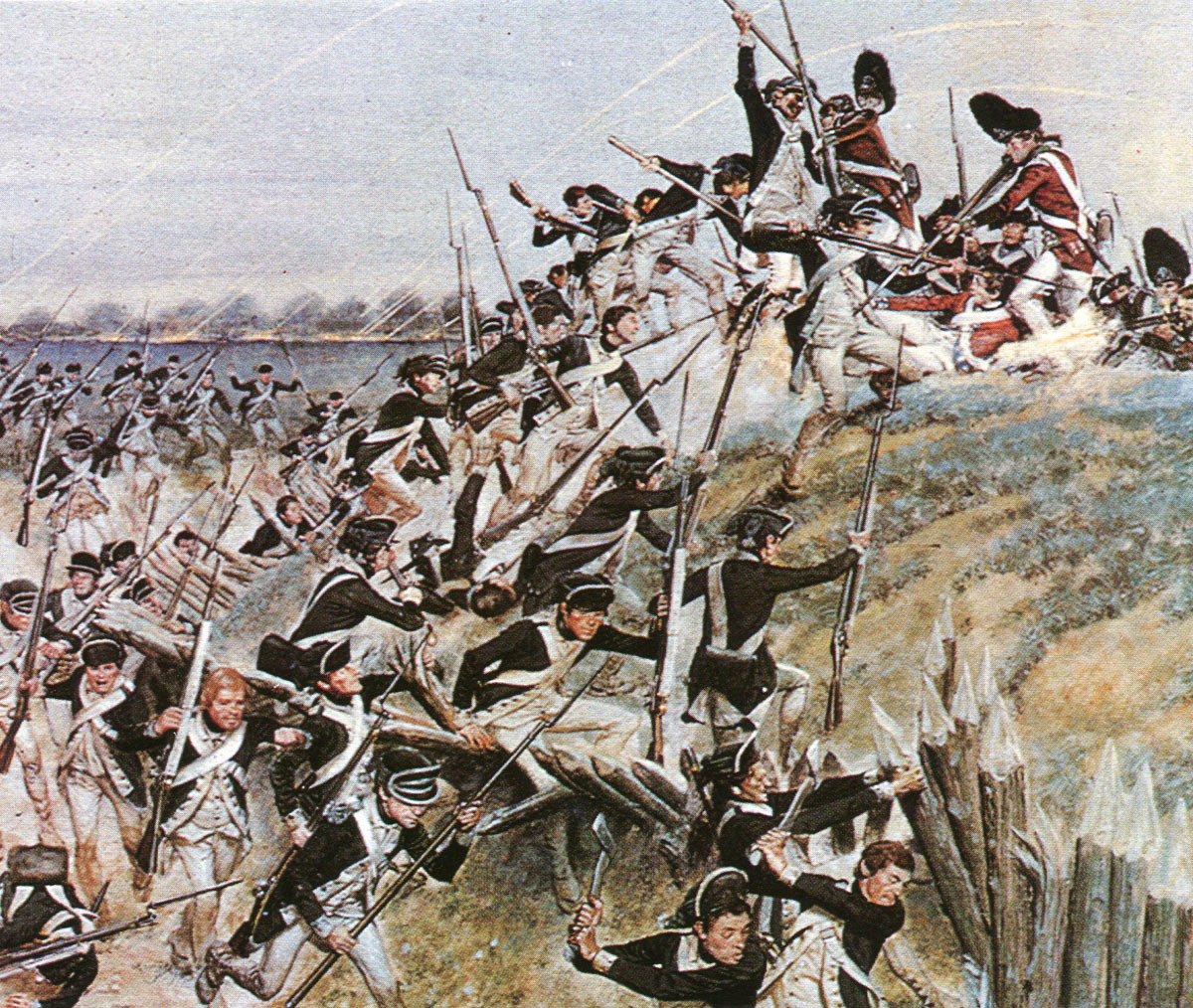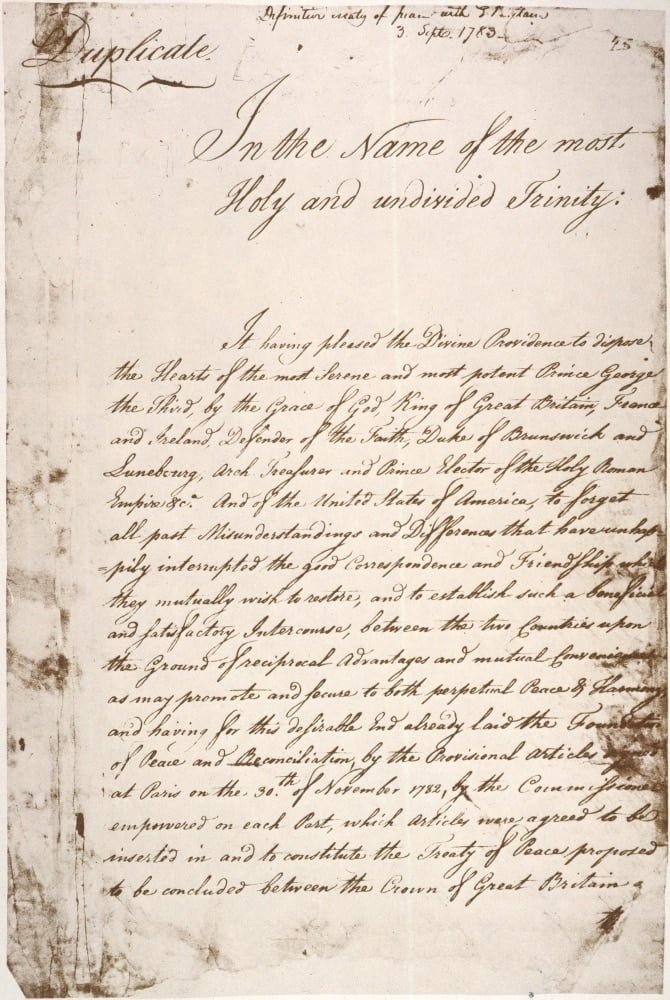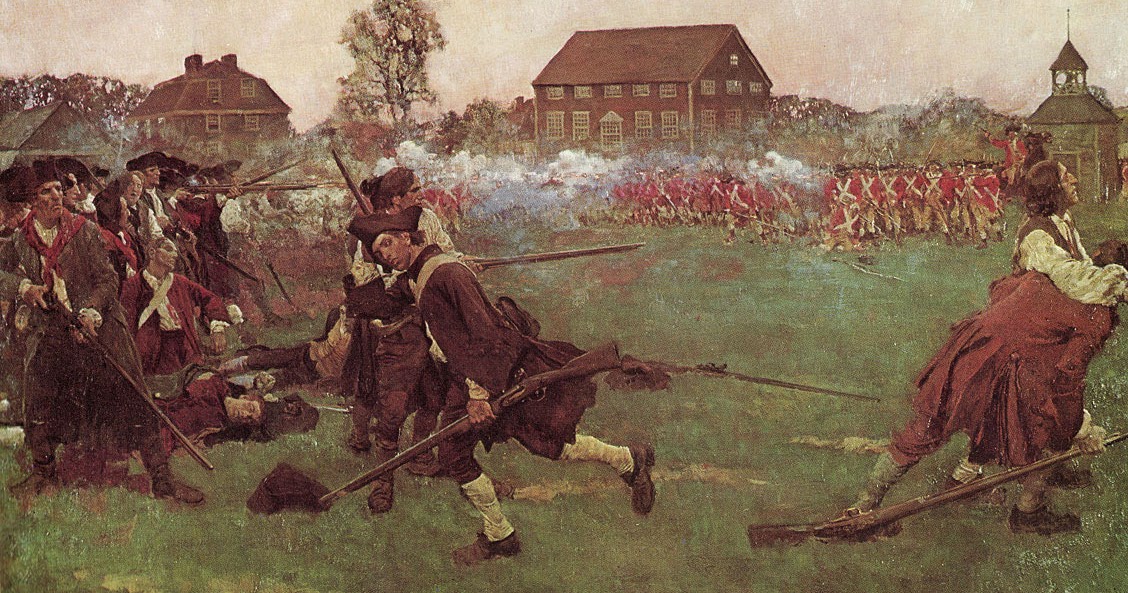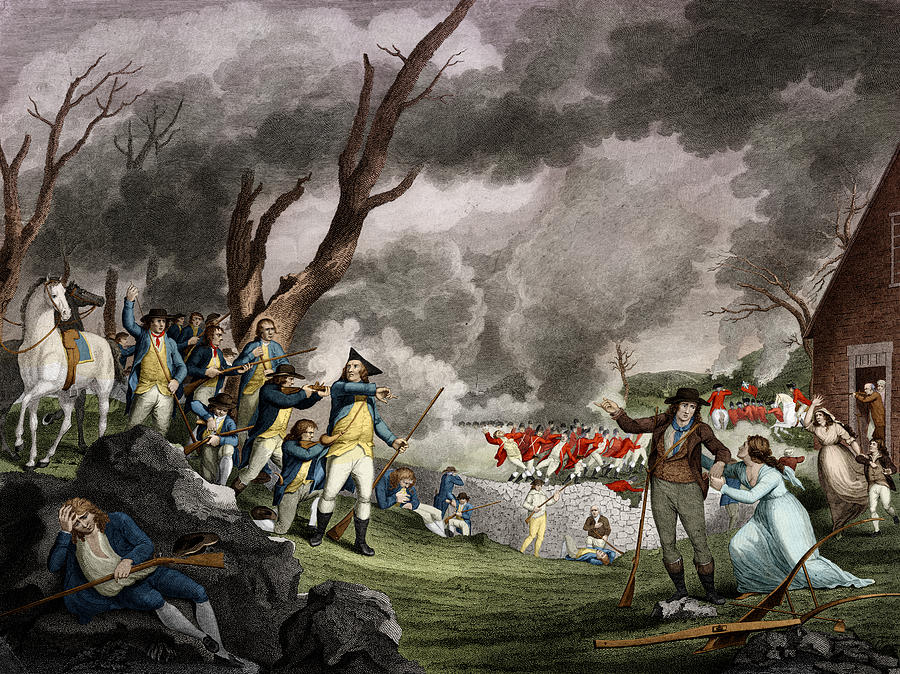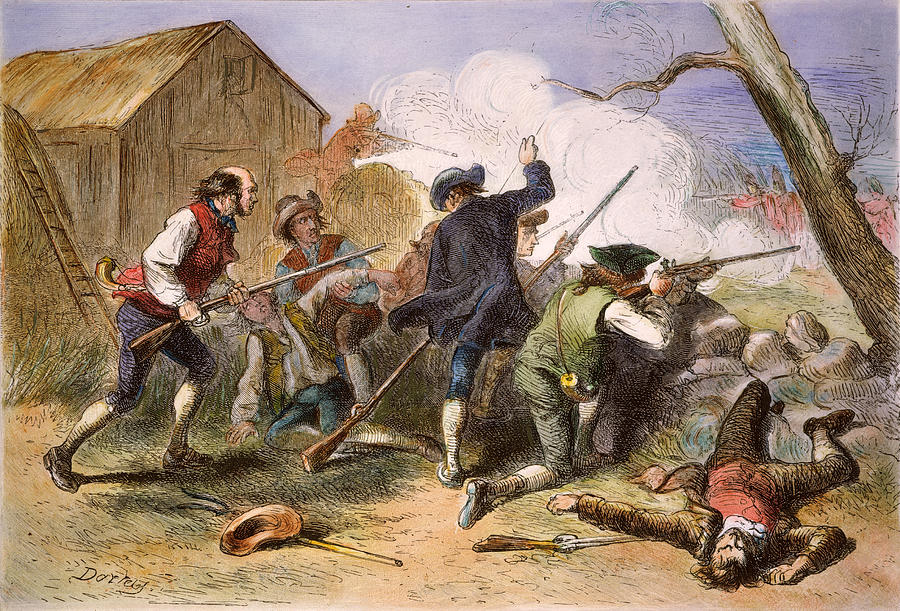On January 14, 1784, the Continental Congress ratified the Treaty
of Paris (above), ending the War for Independence.
In the document, which was known as the Second Treaty of Paris because the Treaty of Paris was also the name of the agreement
that had ended the Seven Years’ War in 1763, Britain officially
agreed to recognize the independence of its 13 former colonies
as the new United States of America.
In addition, the treaty settled the boundaries between the United
States and what remained of British North America.
